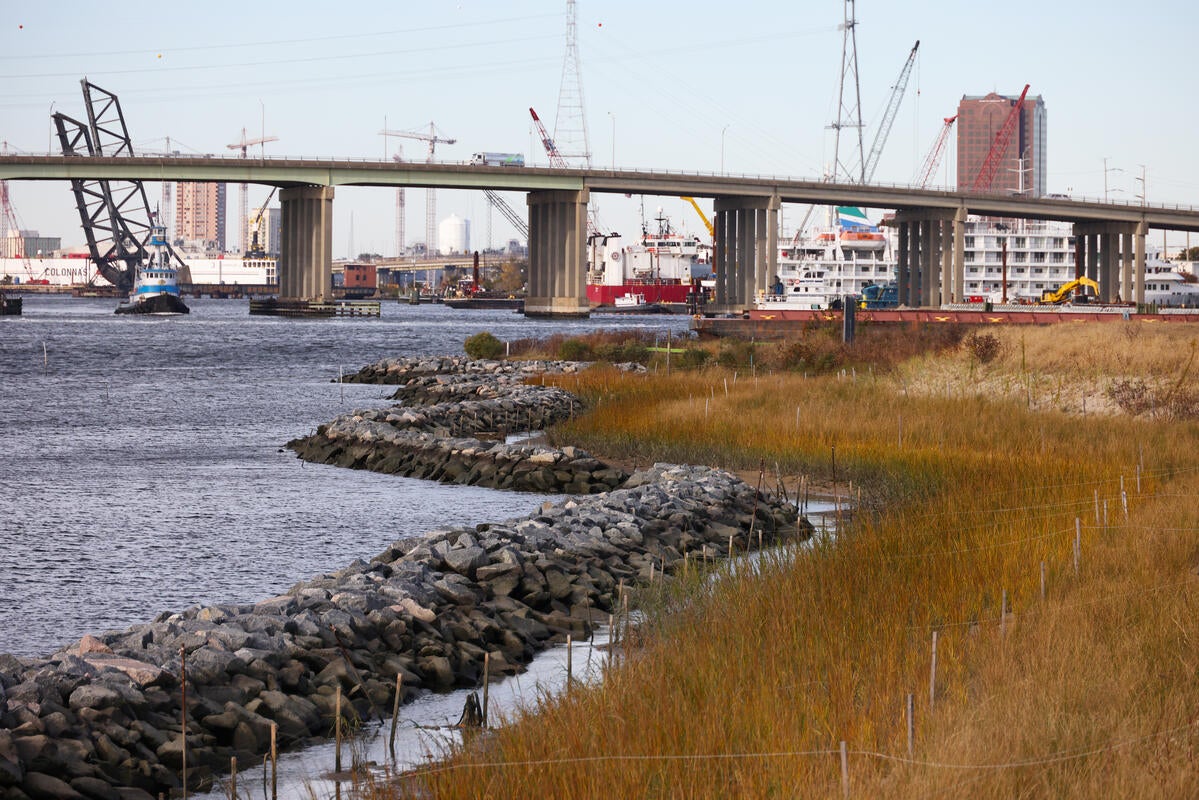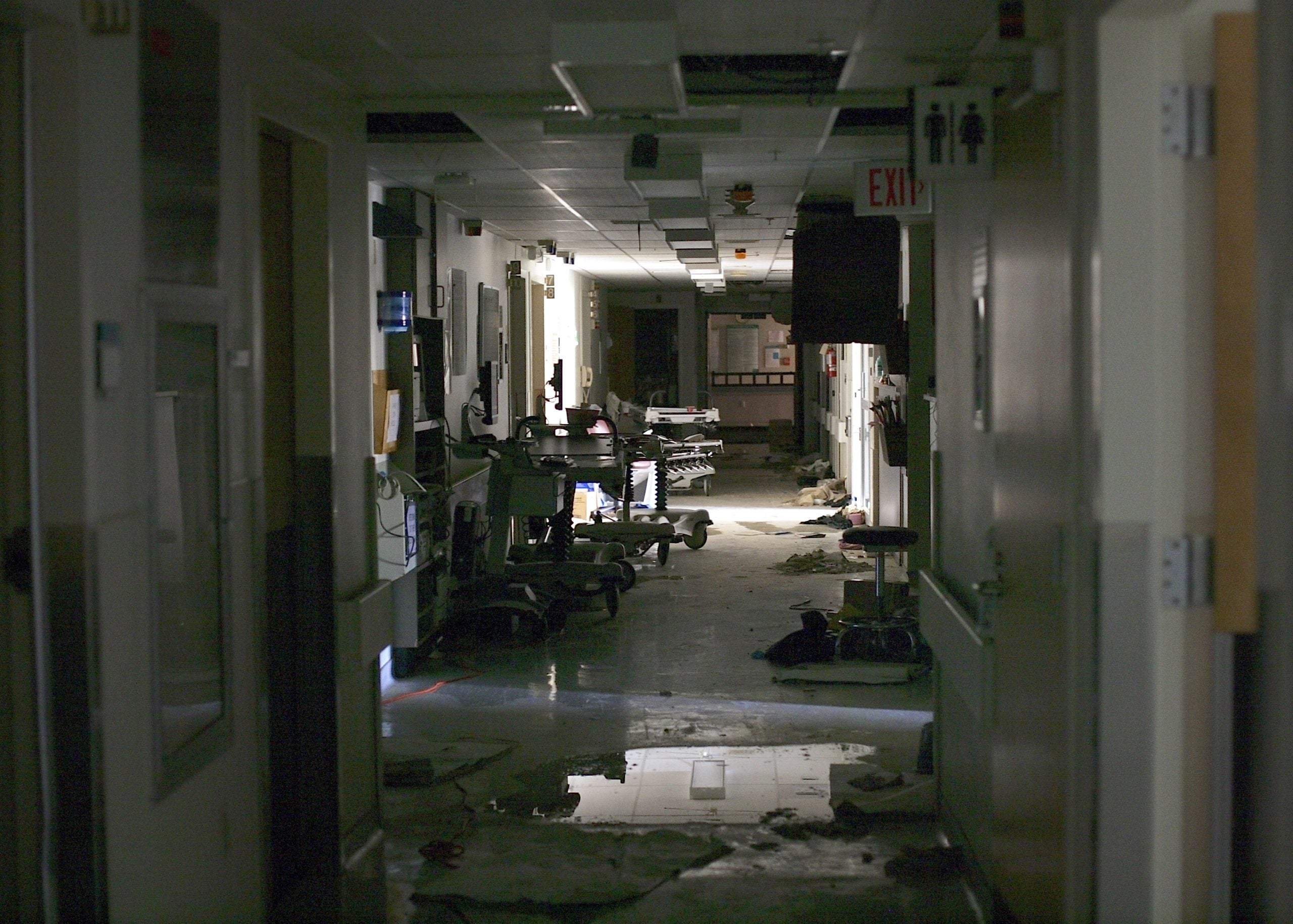
A new way of partnering with the Corps leads to innovative wetland mitigation solutions and increased flood resilience.
Today marks the release of the Record of Decision (ROD) from the U.S. Army Corps of Engineers (USACE) on a restoration project known as the River Reintroduction into Maurepas Swamp (or Maurepas Diversion) that will serve as mitigation for the West Shore Lake Pontchartrain hurricane risk reduction levee project (WSLP).
The Maurepas Diversion will proactively support restoration efforts
Historically, the construction of river levees east of the Mississippi River between Baton Rouge and New Orleans have cut off the Maurepas Swamp from its needed freshwater, sediment, and nutrients, compromising the health and sustainability of the swamp and bottomland hardwood habitats. These habitats have been degrading for decades due to the absence of sediment input, elevated water levels, and a lack of tree regeneration. At the same time, the swamps provide essential natural flood protection for communities like LaPlace and communities of color like Reserve, Louisiana.
The State of Louisiana has been planning the restoration of the Maurepas Swamp by diverting the Mississippi River back into its floodplain since 1993. As designed, the Maurepas Diversion is a $185 million project that will deliver up to 2,000 cubic feet per second of discharge from the Mississippi River to combat subsidence, improve water quality and enhance forest health. The project will maintain and improve the health of over 45,000 acres that provide important wildlife habitat, flood protection and recreational opportunities.
At the same time that the state has been steadily planning for this restoration, the communities in the region have been ravaged by multiple floods, including devastating floods from Hurricane Isaac that resulted in the emergency rescue of over 3,500 residents. In response, Congress authorized and funded the WSLP levee system to protect the over 60,000 residents in the area.
Louisiana and the Corps have marked a new way to approach mitigation projects
The Maurepas Diversion and WSLP projects together mark a brand-new way of partnering between the State and USACE. The WSLP, a $1.2 billion project to reduce storm surge risk, requires environmental mitigation measures to offset damages to over 15,000 acres of swamp and bottomland hardwoods brought by construction activities for the new levee system. In 2020, the Corps released its draft Environmental Assessment (EA) identifying the preferred mitigation alternative to purchase mitigation bank credits estimated at $120 million. Many of these wetland credits would be purchased not only outside of the Maurepas Swamp where the wetland impacts would occur, but also outside of the Mississippi River Basin.
During the EA public comment period, the state requested the Maurepas Diversion be considered as a better potential mitigation alternative. With substantial overlap in their footprint and areas of impact, the projects can collectively provide greater storm surge benefits than if they were built separately, provide cost savings, and ultimately accomplish better results for the Maurepas ecosystem and its surrounding communities. The State’s request was supported by a robust response from over 600 stakeholders and residents.
State and Federal cooperation is key to effective restoration planning
This reasoning and extensive public input resulted in USACE taking on the Maurepas Diversion as a legitimate alternative for consideration, and it marked the beginning of a cooperative endeavor between the State and the Corps in which the design and modeling of the two projects became intertwined through their proximity and compatibility with one another.
With a ROD signed, CPRA and the Corps will work together to begin construction for the next phase of both projects, which is likely to kick off in 2023 with expected completion in three years. Moving forward, the Maurepas Diversion and WSLP projects will serve as an excellent example of federal and state agencies working together to combine structural risk reduction measures with restoration projects for the greatest ecosystem and community benefits.












